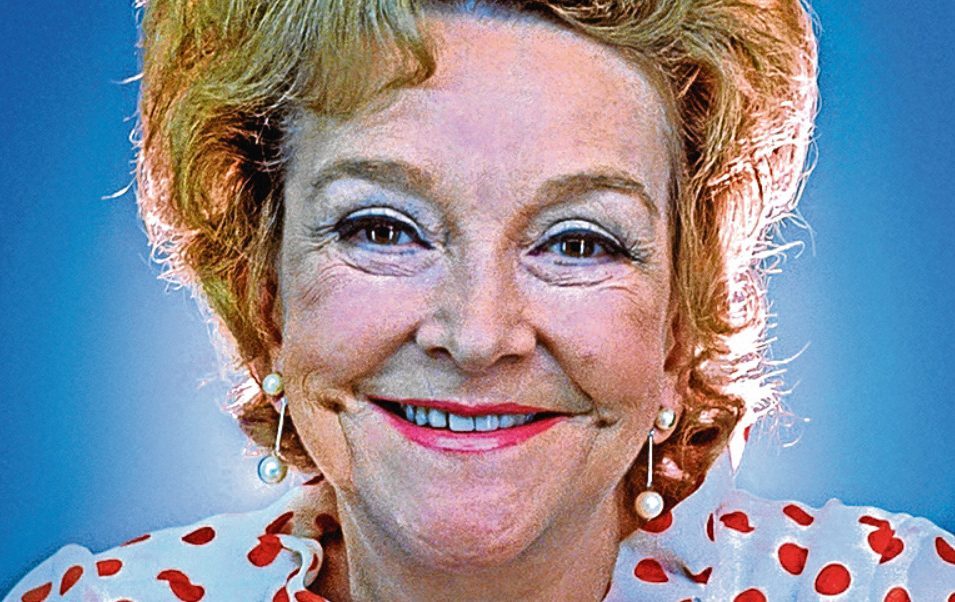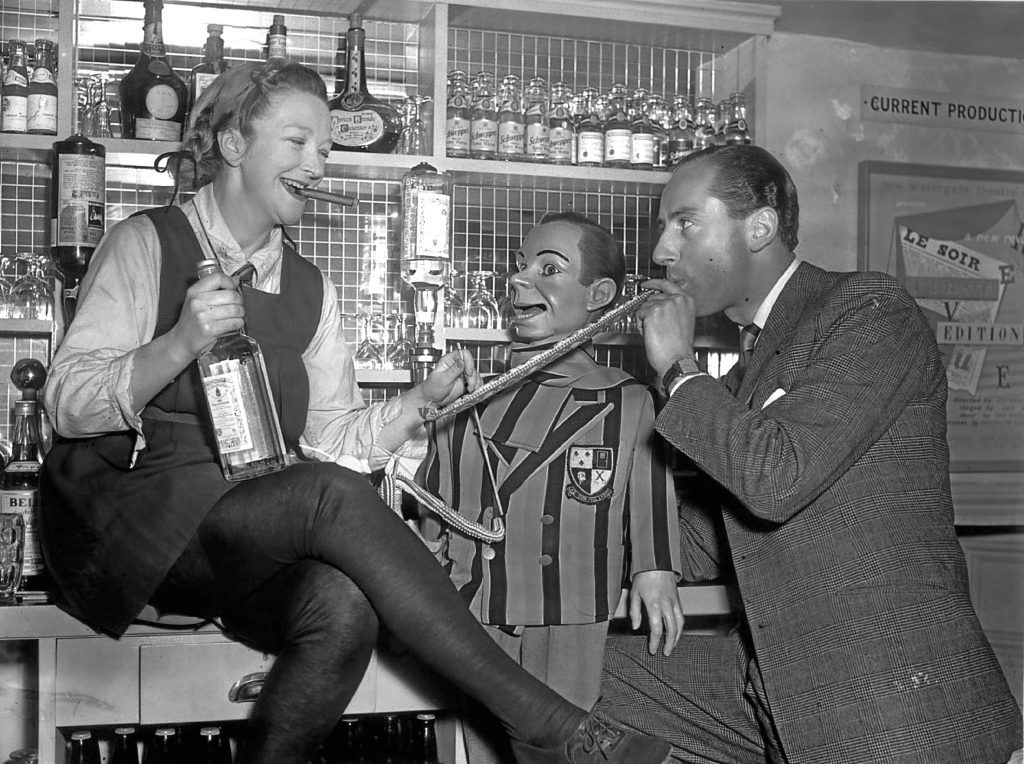
IS Beryl Reid Britain’s forgotten female comedy star?
Her biographer Kaye Crawford certainly thinks so.
“Beryl has been tragically forgotten,” she says.
“We hear a lot about Hattie Jacques, Yootha Joyce and Joan Sims, but Beryl was really our first stand-up comic, she was our Lucille Ball.
“And she’s kind of disappeared.
“After her death, there was this initial flurry with lots of showings of The Killing Of Sister George and things like that, but since then, she’s been allowed to fade into the background and that’s tragic.
“Beryl was absolutely petrified she’d be forgotten.
“Even when she was dying, she had two years when she was housebound, but she said she’d continue to do radio work if they could bring the microphone to Honeypot Cottage where she lived, and she’d do it.
“She made herself ill quite often through overwork, she’d be doing three things at once and as far as I know, only ever took two holidays in her life.
“She was determined to be working and never turned anything down. Even when she wasn’t well, she couldn’t bear not working — and that’s where the drinking came in.
“Friends said: ‘Beryl, you don’t need to do this’ but she insisted: ‘If I don’t work, they’ll forget me.’
“I think that came from her childhood. Her father really disapproved of her choice to become an actress.
“He cut her off for a few years and the relationship never fully repaired, and I think the men, the cats, the work, the fame, everything — it was all about trying to gain approval.”
Beryl wasn’t always the easiest co-star and had a reputation for having a waspish tongue, as Kaye says : “Beryl was always completely honest to a fault.
“Her mother said: ‘Beryl, you must be honest,’ and so she was.
“That meant if somebody she didn’t particularly like at rehearsal came and sat next to her, she would say: ‘Don’t sit near me, dear, I don’t like you.’
“She didn’t mean to be cruel, she thought she was being honest and there was a childlike quality to Beryl, an immaturity to her that made her funny, but at the same time very, very cutting.
“If she felt she was being treated well, she’d be good as gold. If she felt she was being sidelined, it was a different story.
“On stage, she’d thump people and say: ‘Get out of my light.’
“She was never intentionally vicious or rude, but she had a quick tongue and didn’t suffer fools gladly.”
Perhaps Beryl’s great strength — she was never typecast and would appear in everything from variety shows to horror movies — also meant she wouldn’t be remembered for excelling at just one thing.
Kaye explains: “She may mainly be remembered as a comedy actress, but Beryl was really — and people have argued with me and said it was Joyce Grenfell, but she did monologues, very different — the first female stand-up comic who had any success in the form we’d recognise it today.
“Telling jokes doing her characters like Marlene and Educating Archie’s Monica, all that.
“But she really wanted to be a dramatic actress,” reveals Kaye.
“For years, she’d done wonderful plays — she did a lot of Shakespeare on the radio, worked at the National and the Old Vic — and won awards for her dramatic roles, but nobody took her seriously until Tinker, Tailor, Soldier, Spy, which was in the late 70s.
“Suddenly, the world realised what everybody else in the entertainment industry had known for a very long time, that she was a very talented dramatic actress.
“By that time, Beryl really was suffering quite a lot health-wise and that makes her performance as Connie, who was very frail, even more touching.”
Beryl was 77 when she died of pneumonia and osteoporosis following a knee op in 1996, and Kaye reckons that was down to an earlier decision to put her career first.
“The fact she didn’t want children, and went to great extremes to make sure she didn’t have any, ultimately cost her her health,” she says.
“Beryl was only 36 when she got married for the second time, but knew if she had a child, her career was finished.
“So she went to the doctor who’d done her nose job and her facelift and arranged a hysterectomy.
“In hindsight, she was too young and was put on a dreadful early version of HRT.
“Then she got osteoporosis in later life and that’s what stopped her working, so the steps she took to prolong her career were actually what finished it.”
Roll Out The Beryl by Kaye Crawford, published by Fantom Films, is out now
READ MORE
Carry On Carrying On: Comedy classic is getting a remake but who should fill iconic roles?

Enjoy the convenience of having The Sunday Post delivered as a digital ePaper straight to your smartphone, tablet or computer.
Subscribe for only £5.49 a month and enjoy all the benefits of the printed paper as a digital replica.
Subscribe